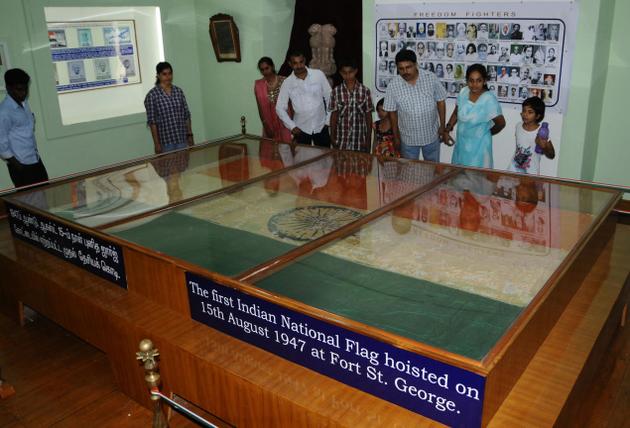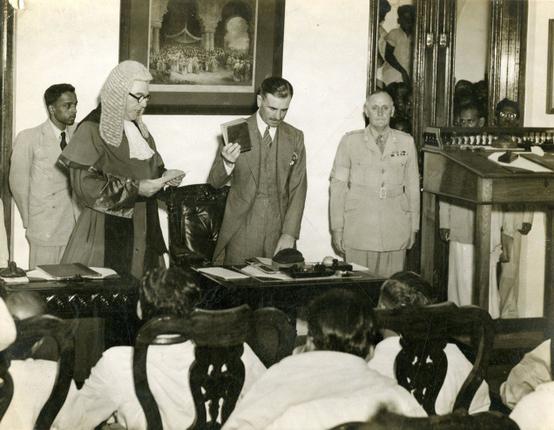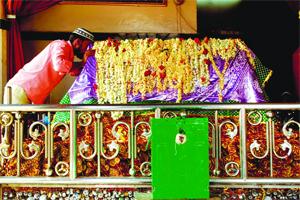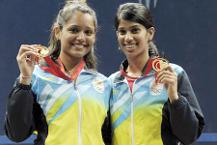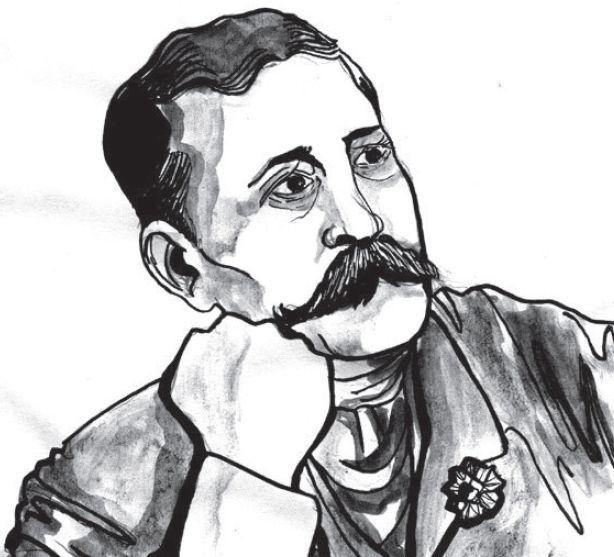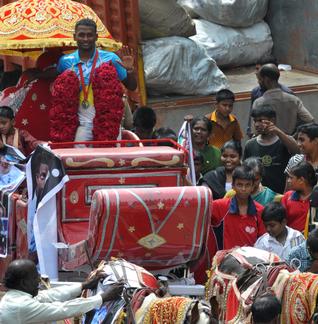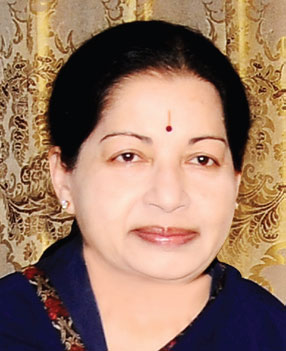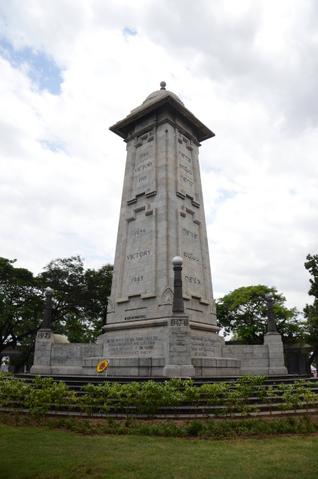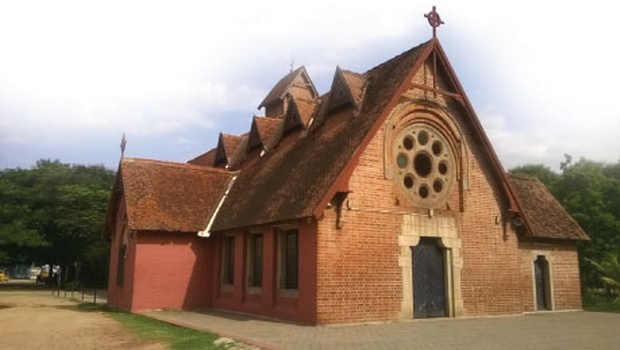Coimbatore :
On the first floor of a narrow corner plot building, 91-year-old R Ponnamal sifts through the several Independence Day invites she has received. Believed to be the only surviving woman freedom fighter in the city, she’s just a shadow of her former self, suffering from age-related infirmities. Despite her small frame, limited hearing and vision, her mind is still sharp. She carefully notices the timings mentioned on each invite as she plans her day.
“My first stop is usually the corporation school at the end of the street where I hoist the flag. Then I make my way to the collector’s office for flag hoisting, even if I’m not invited,” says Ponnammal. She spends the rest of the day making all her Lion’s Club and Rotary Club visits.
Her feeble voice steps up a notch when you start talking about the freedom struggle and the events that unfolded in 1942. “That was the year I participated in the Quit India Movement marches. We began our protest in front of Pankaja Mills in Ramanathapuram, when they arrested and lodged us at the Coimbatore Central Prison. We were remanded to custody for three months,” she said. Those prison days were pure torture, she said. They were housed with convicted murderers and treated just like them.
Ponnammal refused to take things lying down and led a protest within the prison. The women refused to touch food or water for a whole day, till the jail superintendent heard their grievances. “After we argued that we were fighting for our rights and were not murderers, they started treating us better,” she says. They were kept very busy in prison, having to cook for 50 prisoners and do other physical work.
One of the most memorable moments was when Independence was announced. “We first heard it on the radio. We ran outside to find out if this was really true. When at midnight, other freedom fighters began distributing sweets, we were reassured,” she said.
Residing just one kilometer away is 94-year-old A Natarajan, another freedom fighter. He sits on the porch with a radio to his ear as TOI met him. His daughter confesses that he cannot hear a thing but just enjoys holding on to the radio.
It takes a little bit of prodding to get him to talk. “I decided to join the struggle as freedom is our right. The most difficult part of our fight for freedom was surviving the jail stays. We were made to eat and urinate in the same vessel,” said Natarajan. Though he still gets excited and emotional every time he sees a flag being hoisted, he is too weak to step out, says his daughter.
Around 93 freedom fighters or their spouses receive old age pension of Rs1,000 from the Coimbatore collectorate every month. Most of them also receive pensions from the central government ranging from Rs 9,500 to Rs 19,500.
source: http://www.timesofindia.indiatimes.com / The Times of India / Home> City> Coimbatore / TNN / August 15th, 2014
